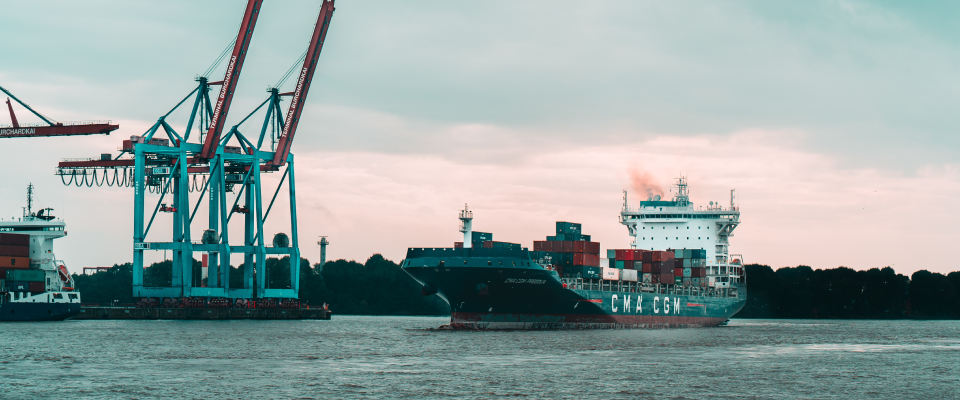
BUILDING A RESILIENT SUPPLY CHAIN NETWORK
Rapid changes in the global business environment increased the need for companies to have a strong supply chain resilience plan.
Climate change, demand shifts, geopolitical tensions, and pandemic outbreaks disrupt global trade flows, while internal challenges like cyber-attacks, information breakdowns, product complexity, and labour shortages expose operational vulnerabilities, underscoring the need for robust supply chain resilience strategies.
Climate change, demand shifts, geopolitical tensions, and pandemic outbreaks disrupt global trade flows, while internal challenges like cyber-attacks, information breakdowns, product complexity, and labour shortages expose operational vulnerabilities, underscoring the need for robust supply chain resilience strategies.
In the dynamic business realm, supply chain resilience is no longer a luxury; it's an essential strategic imperative.
A variety of external and internal challenges can cause disruptions within the global supply chain and also expose operational vulnerabilities.

External Challenges
- Climate Change: Climate risks play a major role in disrupting 10-30% of global goods trade flows
- Demand Shift: The rise of e-commerce and online shopping can cause dramatic demand fluctuations
- Geopolitical Tension: 80% of all global trade includes nations with low or declining political stability scores
- Pandemic Outbreak: The COVID-19 Pandemic caused an estimated $1.1 Trillion in losses for businesses around the world.
Internal Challenges
- Cyber Attack: The average time is 287 days to identify and contain a cyber-attack or breach
- Information Breakdown: 47% of shippers and 44% of LSPs experienced communication breakdowns
- Product Complexity: 42% of companies reported that they were unable to accurately forecast demand
- Labour Shortage: 71% of companies in Singapore experienced a shortage of skilled workers.

RESILIENCE+
Navigating the supply chain of tomorrow
Resilience+ is an initiative by ARTC and SIMTech, in collaboration with TÜV SÜD, to empower businesses to weather the storms of supply chain disruptions. As a 3-step assessment framework and holistic solution, Resilience+ can help companies better understand their supply chain vulnerabilities and
develop capabilities to anticipate and overcome disruptions in supply
chain.
With Resilience+, you will be able to:
- Navigating Uncertainty: Whether from geopolitical tensions or climate shifts, disruptions are unavoidable. Resilient supply chains effectively weather these storms, ensuring operational continuity even in turbulent times.
- Seizing Opportunities: Resilience isn't just about bouncing back; it's about seizing growth opportunities. Agile supply chains adeptly adjust to evolving market demands, granting a competitive edge.
- Cost Efficiency: Resilience is a prudent investment to prevent disruptions and minimize downtime. This proactive approach enhances cost efficiency, safeguarding the bottom line.
- Informed Decision-Making: Data-driven insights underpin resilience. By analysing risks, identifying vulnerabilities, and devising strategic solutions, informed decisions propel sustainable growth.
3-step assessment framework

A*STAR celebrates International Women's Day

From groundbreaking discoveries to cutting-edge research, our researchers are empowering the next generation of female science, technology, engineering and mathematics (STEM) leaders.
Get inspired by our #WomeninSTEM
.png?sfvrsn=2038df88_7)